Investigating
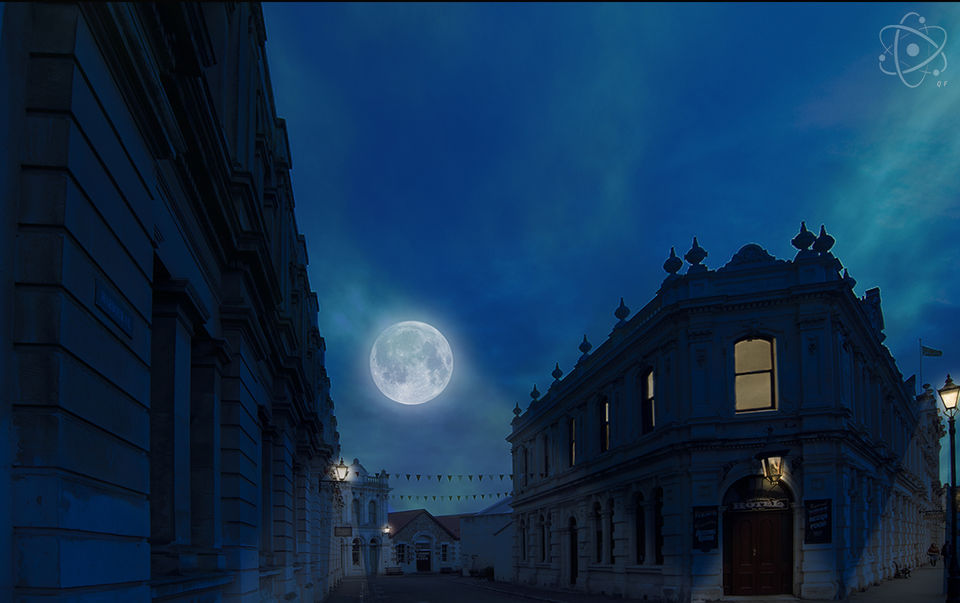
It is important for any paranormal investigative group, or for those looking to become involved in the field, to ensure they understand exactly what paranormal investigation is and how to conduct an investigation in a professional manner.
Paranormal investigation includes pre & post investigative research with investigators building a factual backstory of the site including documented records and conducting interviews with witnesses.
From there an investigation is conducted and data captured is then analysed and recreations are attempted whilst attempting to eliminate all possible mundane explanations. The final stage is to cross reference all data both pre and post investigation and form a final conclusion.
It certainly isn't about relying solely on personal experiences, no matter how intriguing they might be. Or confirming there is a ghost and he is called ' Matthew ' because that's what came through the Ouija board or what the medium picked up on.
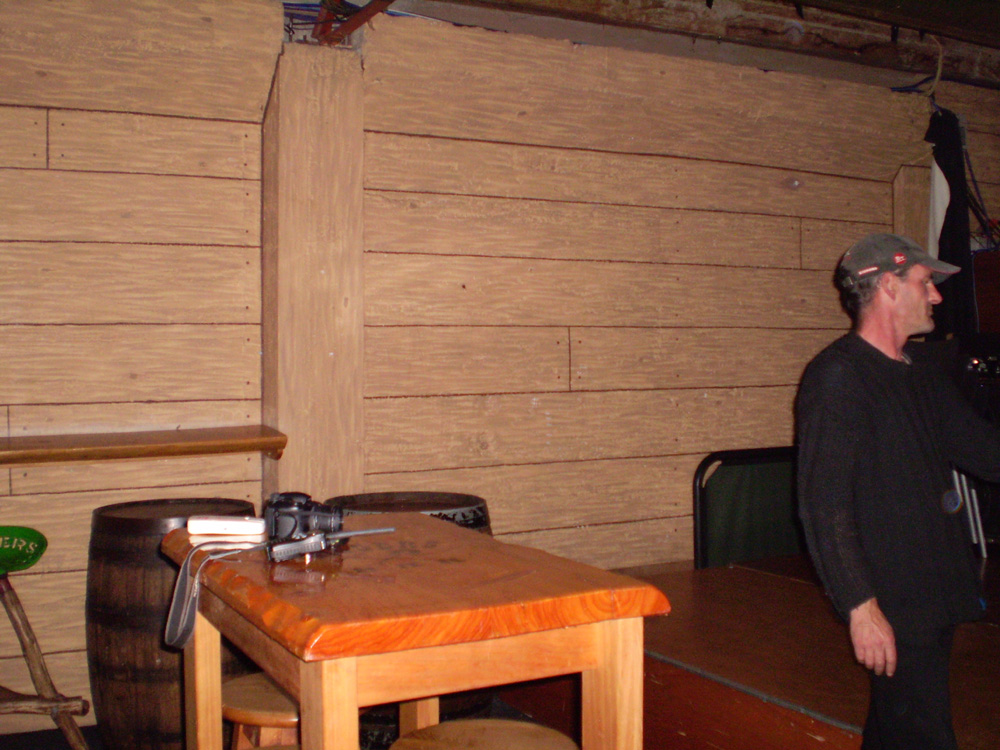
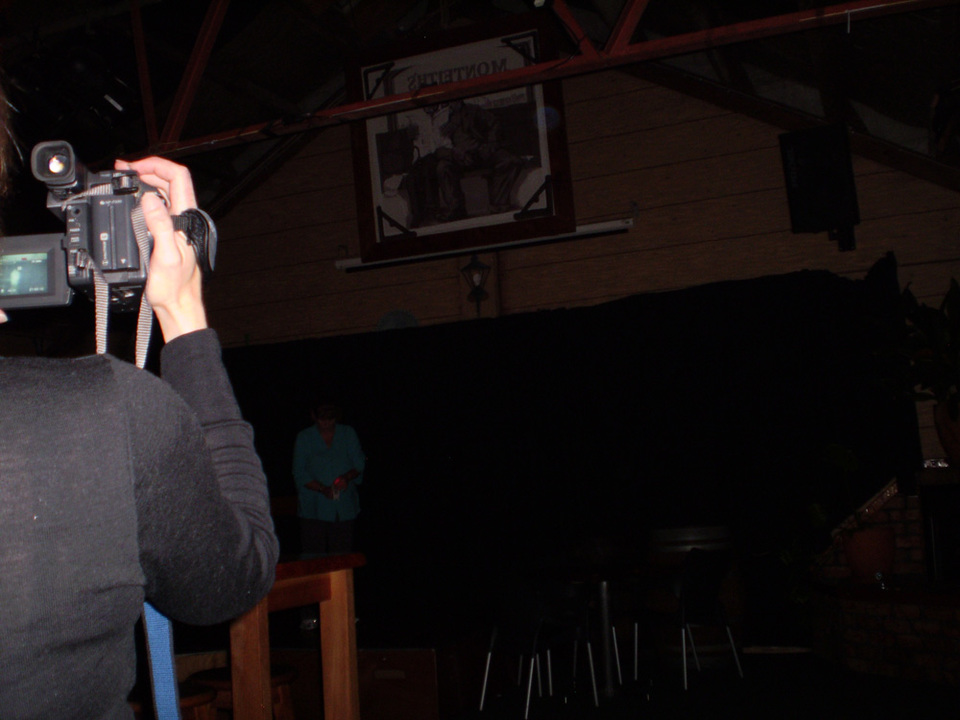
There are currently numerous pieces of equipment available to the paranormal investigator. Gone are the days of turning up at an investigation with an analogue tape recorder, 35mm camera, notepad and pen!
Or are they?
There is a plethora of equipment on offer that has been re-purposed specifically for paranormal investigating, ranging from the sublime through to the ridiculous. When I say re-purposed, I am meaning it was not created for the purpose of paranormal investigation but created for another purpose entirely and adapted or conscripted for use within the paranormal field.
Today's investigator can not be faulted for feeling overwhelmed and wondering what to purchase but does the equipment actually do what it's being advertised to do? What is a 'must have' on an investigation?
More importantly, are you aware of the capabilities and limitations of the equipment you are looking at purchasing?
Do you know how to interpret the readings you will receive through this equipment? Do you actually know how this equipment works? Are you relying on one piece of equipment for data or are you using corroborating evidence (other data) from other devices to back up any anomalies captured?
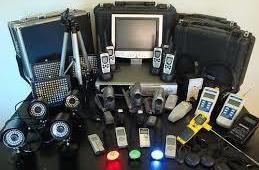
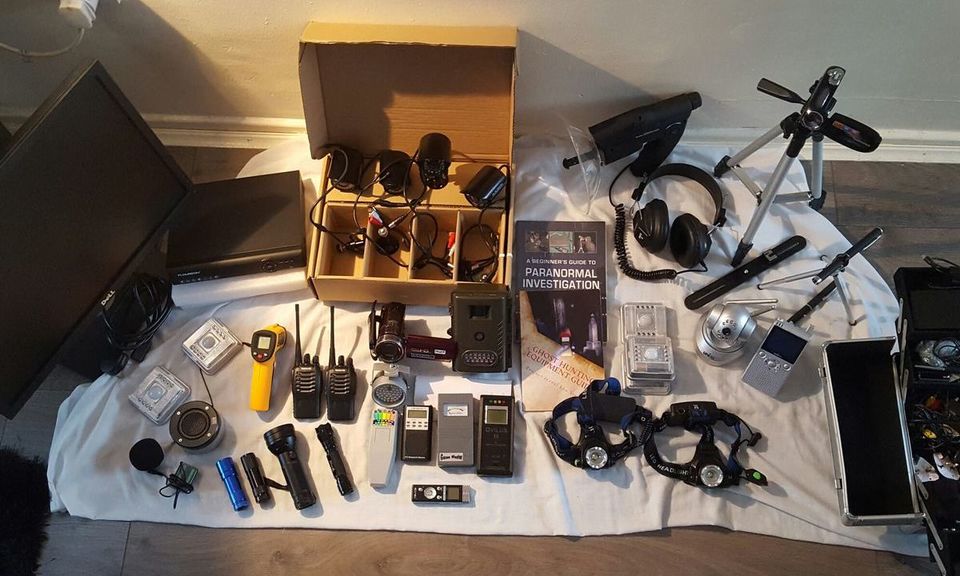
Sadly, the answer for most paranormal investigative groups out there, is a resounding 'No' to those questions. A blip on a K2 Meter or a fluctuation of 0.5 on a MEL Meter and everyone is losing their minds!
This is for a number of reasons.
Lack of time spent learning their craft and researching the field but the most common of these, would be that these groups have largely gained their knowledge of investigating from watching the multitude of ghost hunting programmes available on our screens.
Don't get me wrong, I have fun watching some of these too but this is not paranormal investigating!
This is reality TV which relies heavily on ratings for it to be renewed for another season. Stands to reason that it has to be dramatic, full of demons or negative entities, and has to capture some form of what they believe constitutes evidence.....every time.
The reality of investigating is incredibly different from what you witness in these programmes.
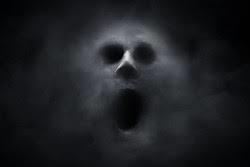
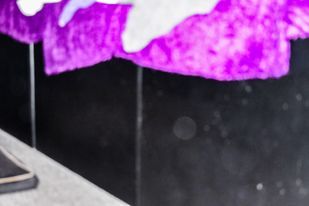
And so is the validity of the equipment employed.
Paranormal Investigating isn't about getting excited over dust, moisture or airborne particles in photographs. Remember, I said analysis is about eliminating possible mundane explanations?
If you capture something in a photo, your first port of call should be an amateur photographer at the very least! .
These people are experienced with the equipment you used to capture this photo and are well versed with any technical issues the anomaly captured could/would relate to.
If you don't know the mechanics of how a camera actually works, how can you possibly analyse anything captured with it?
Any photos taken with a digital camera will have what is called EXIF data attached. This data can only be read via photo editor software and is crucial for full analysis of a photo.
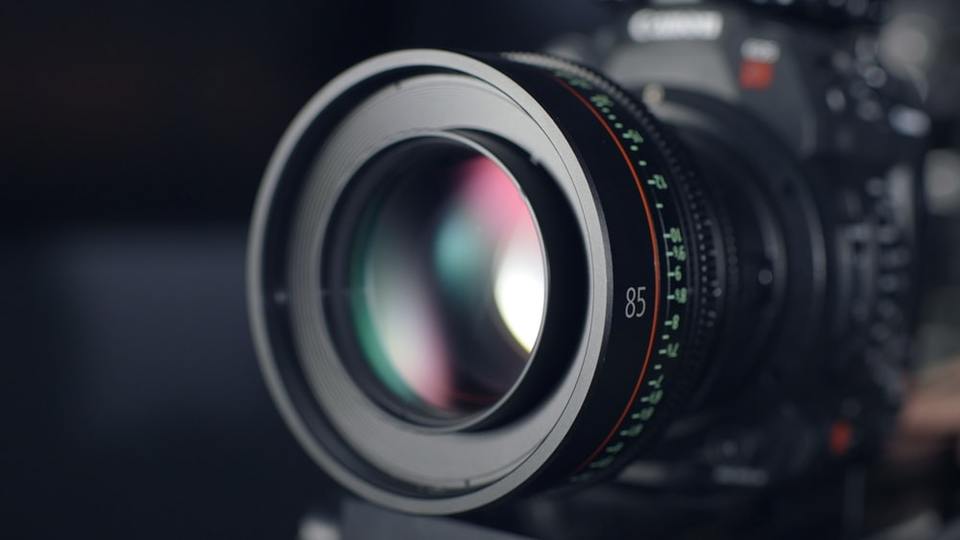
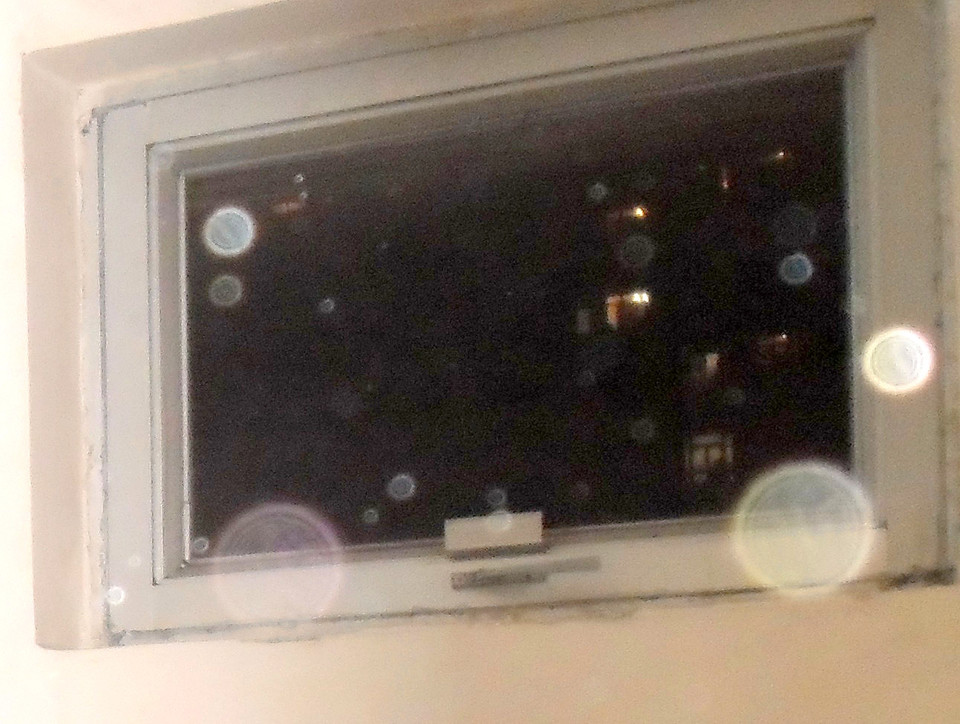
With the onset of the digital camera came the masses of captures of orbs and ghostly mists which were not so commonly captured on 35mm film cameras.
So although it is lovely to think that the 'orb' captured in your photo is your Great Aunt thrice removed coming to let you know she is happy.........the reality is, it probably isn't.
But don't take our word for it - try it! Take a pillow, fluff it up and take photo's. Go outside on a damp night and take photos.
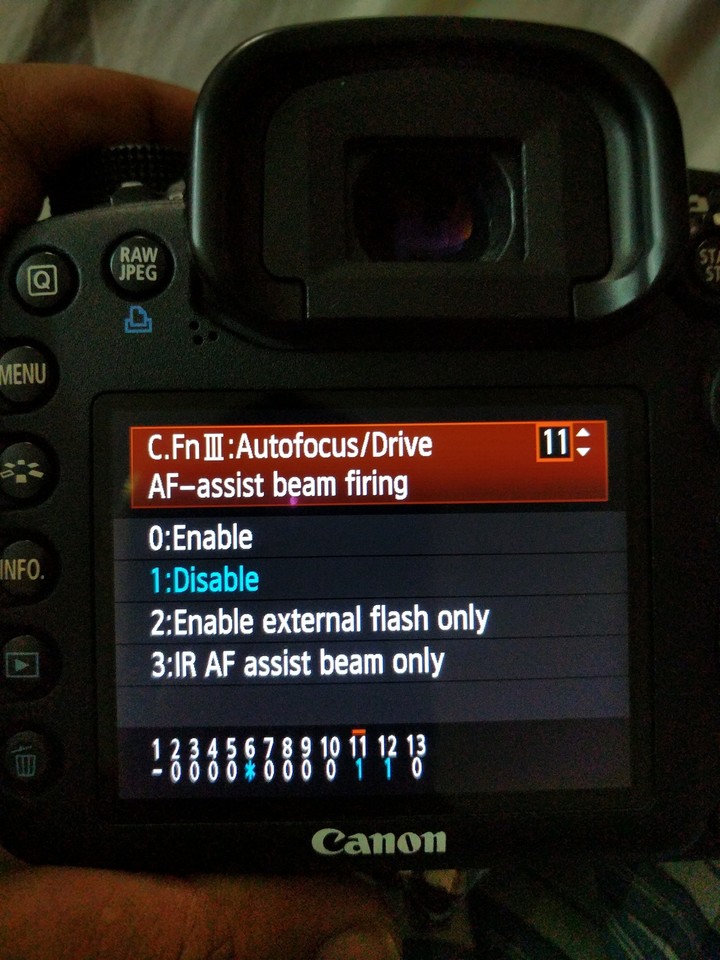
Take photos when there are bugs flying around. Paranormal Investigation is all about experimenting and testing theories to try and learn more and understand the world of the 'paranormal'.
If you are not prepared to learn, or be challenged and possibly have to re-evaluate your ideas on a regular basis, then this field is definitely not for you.
